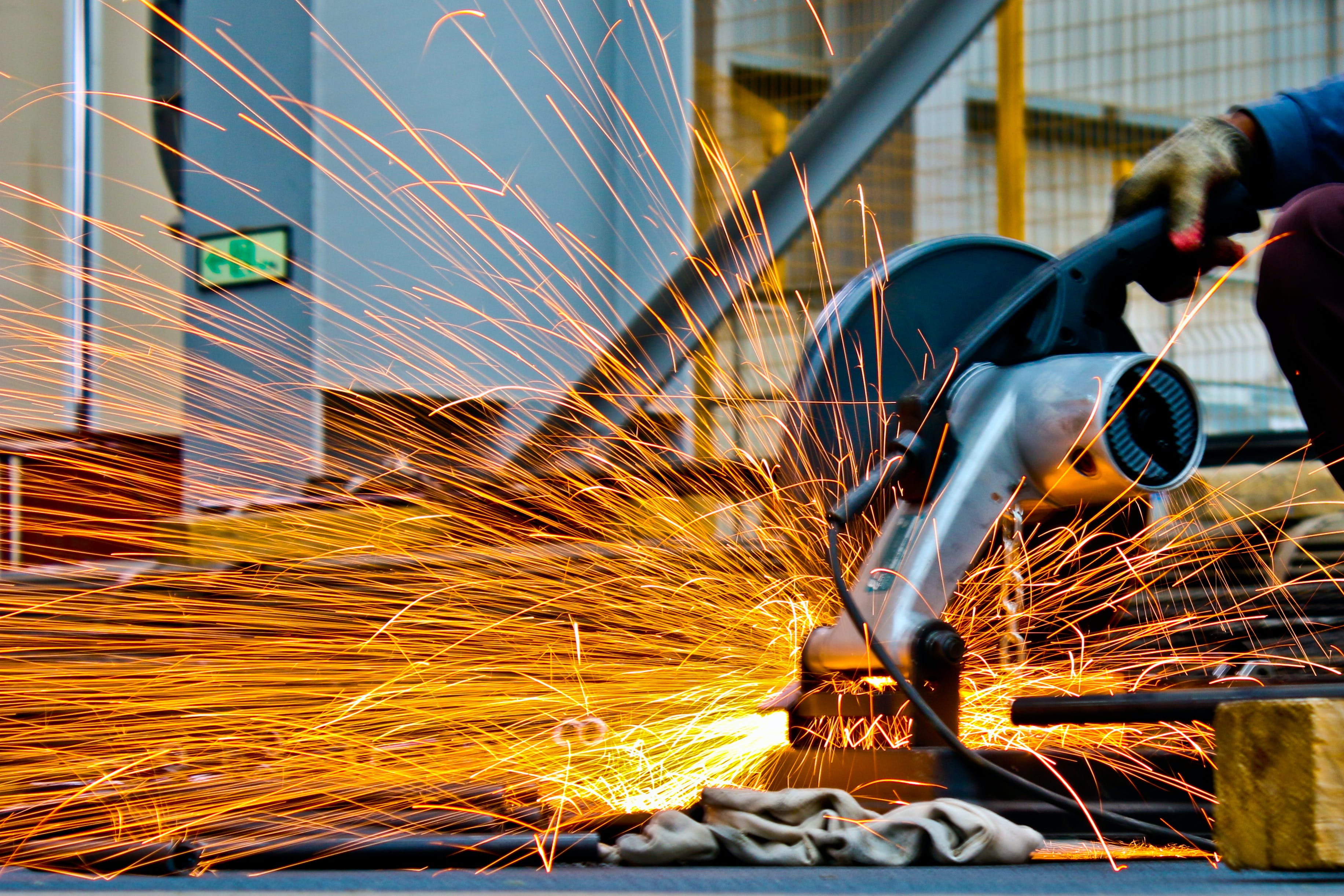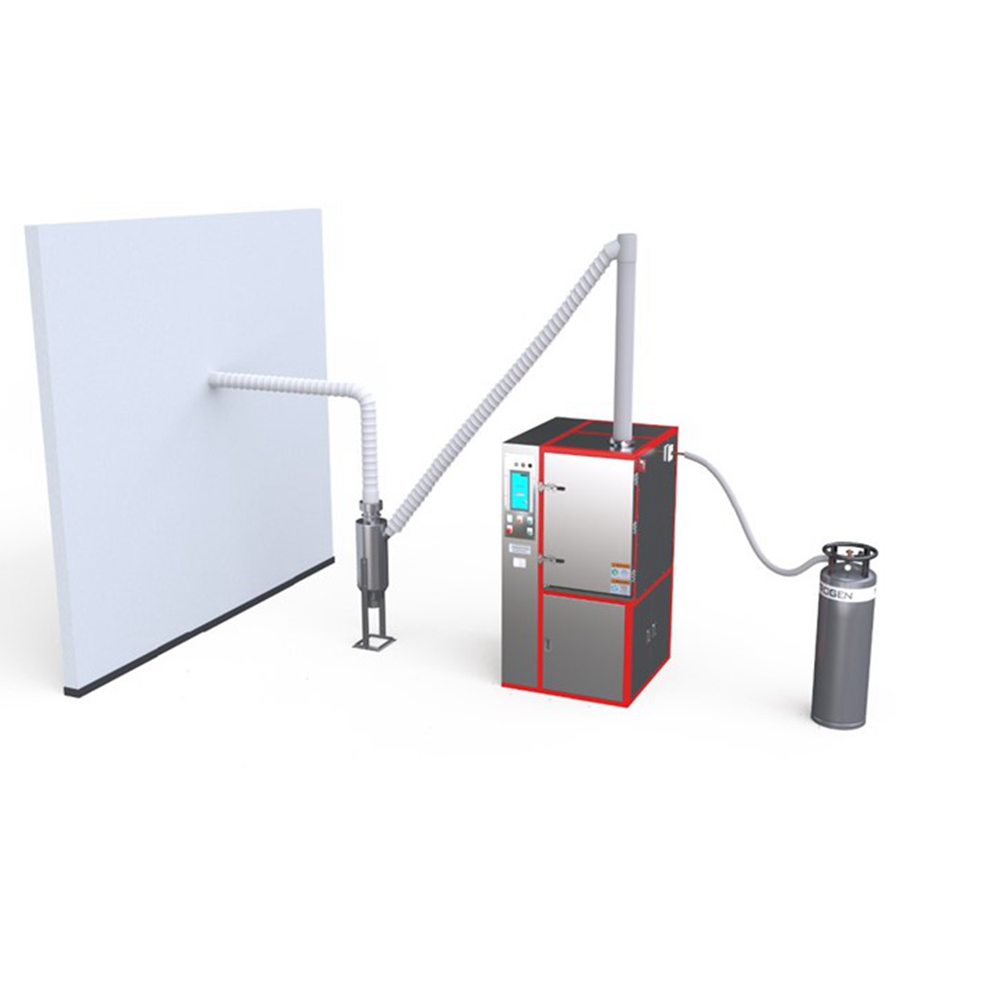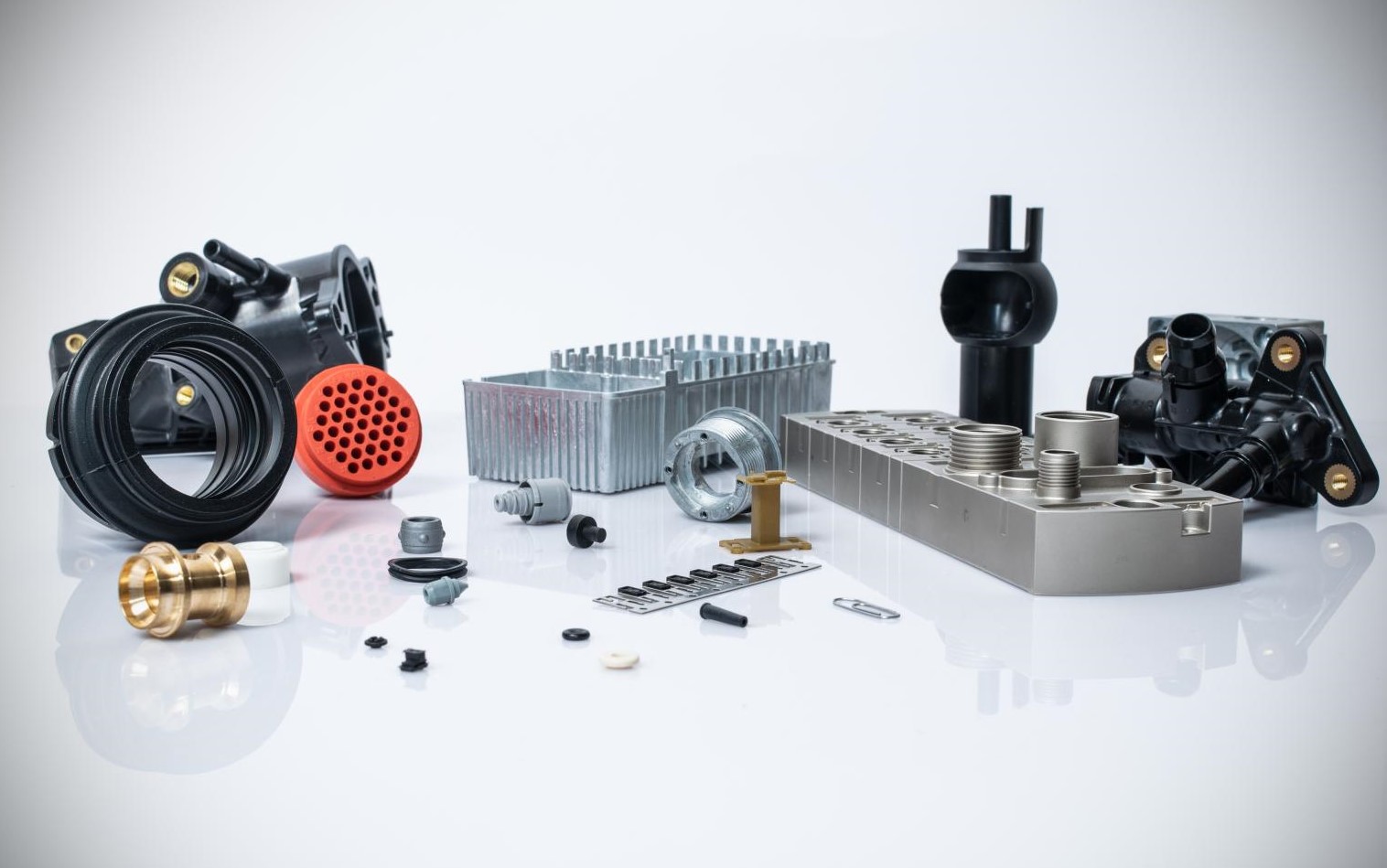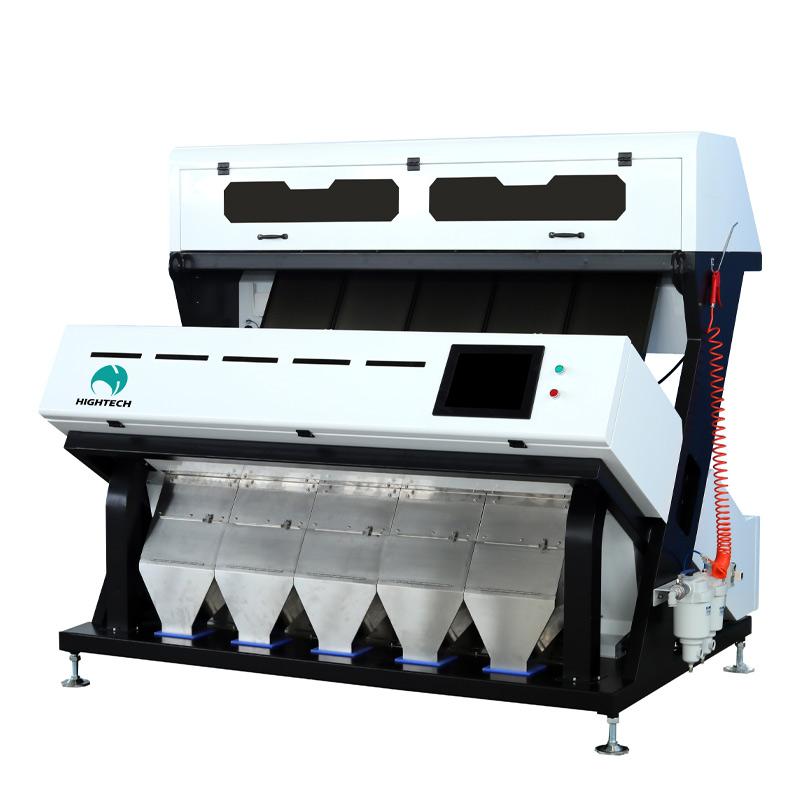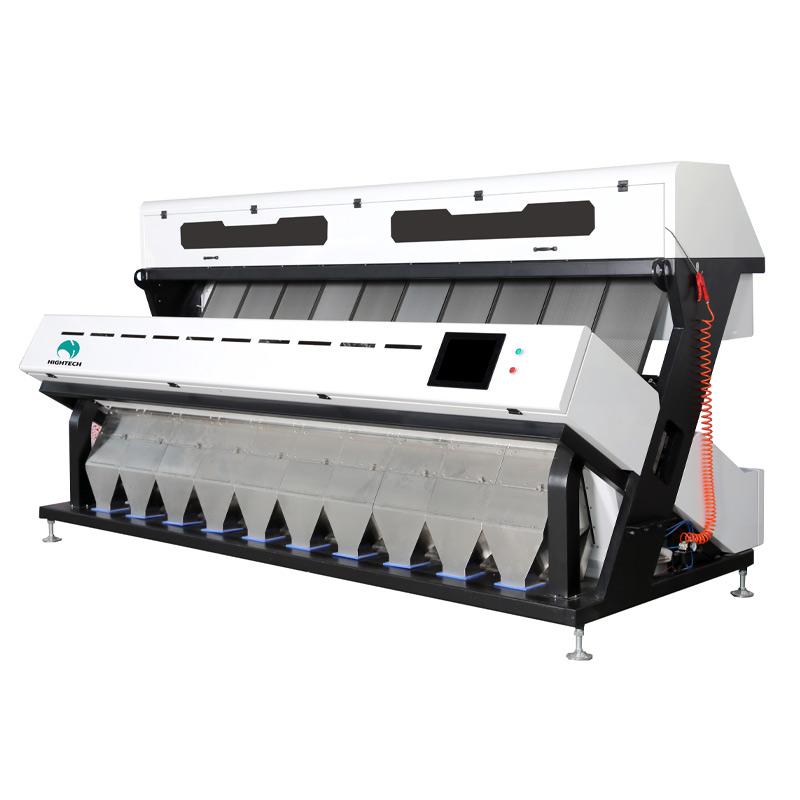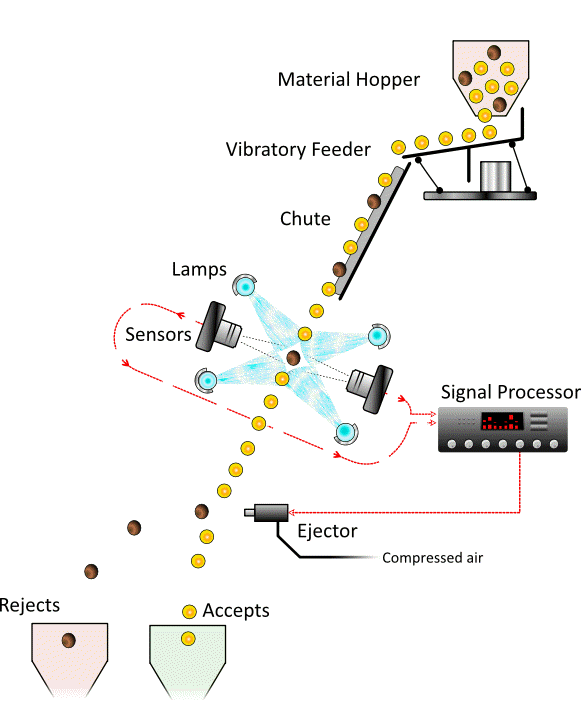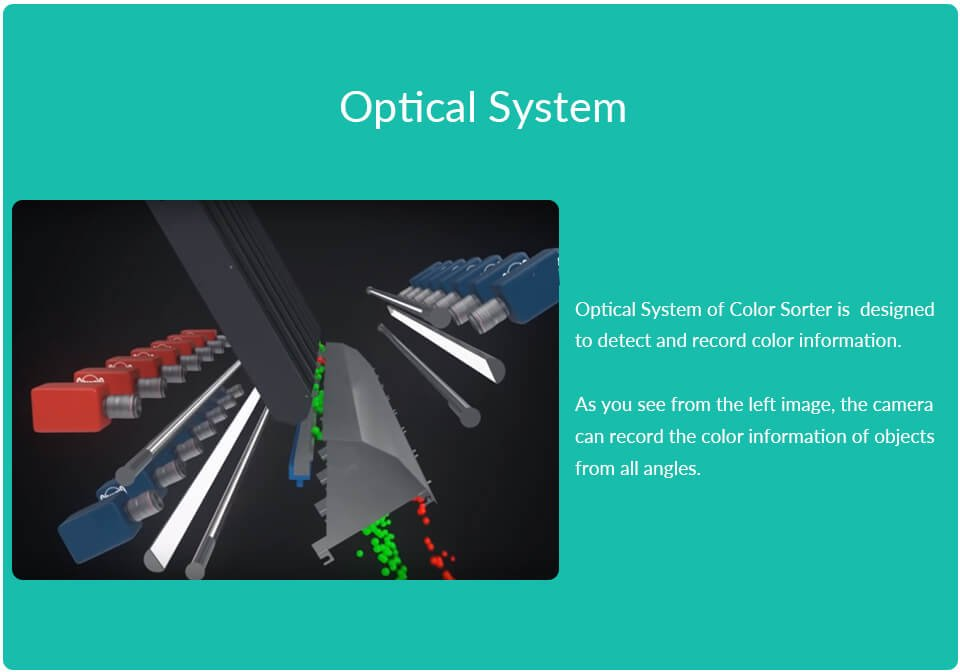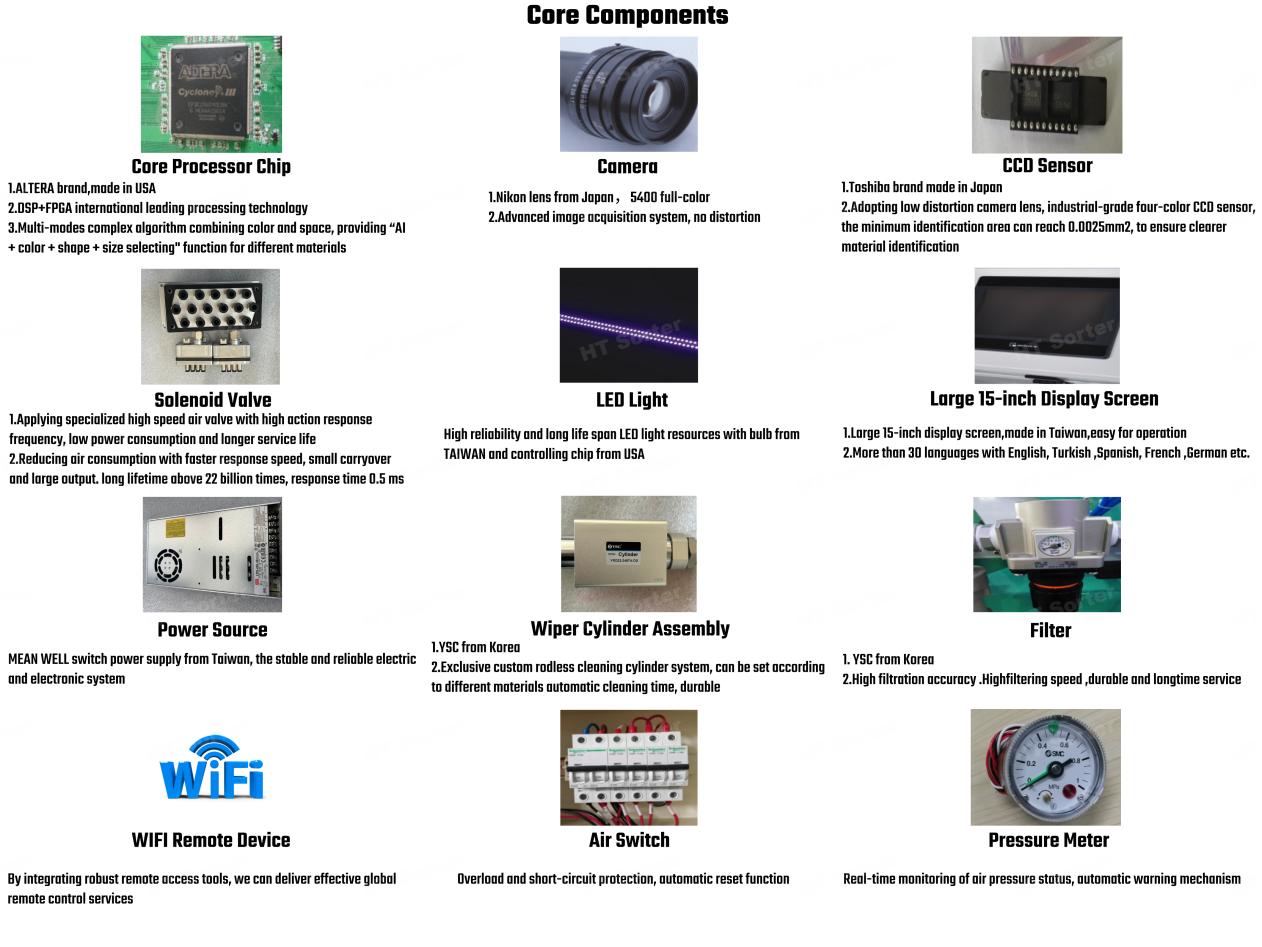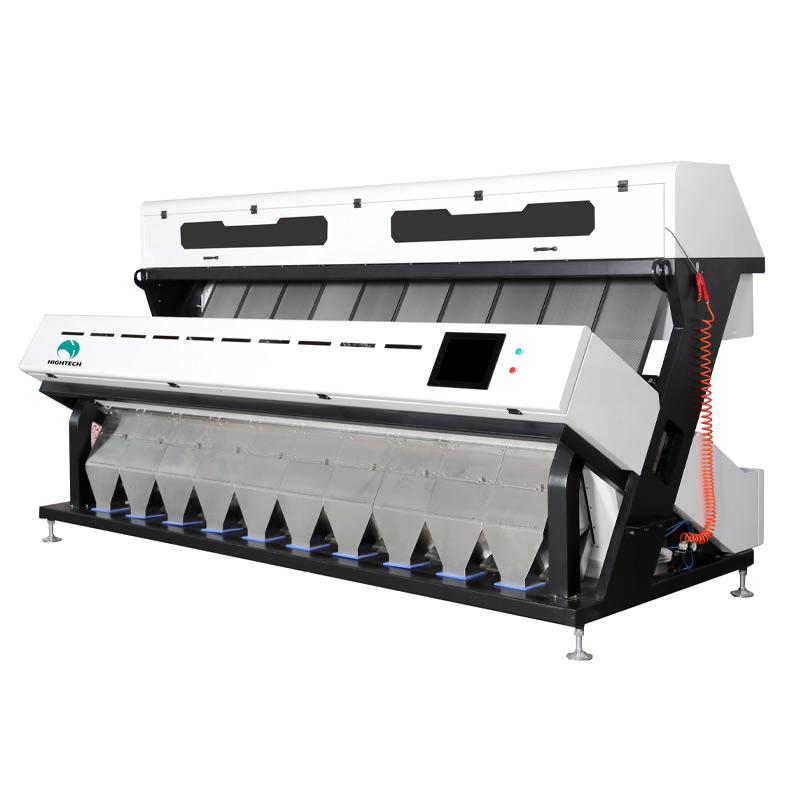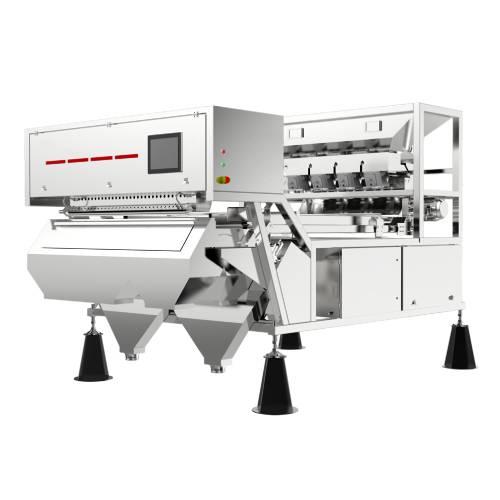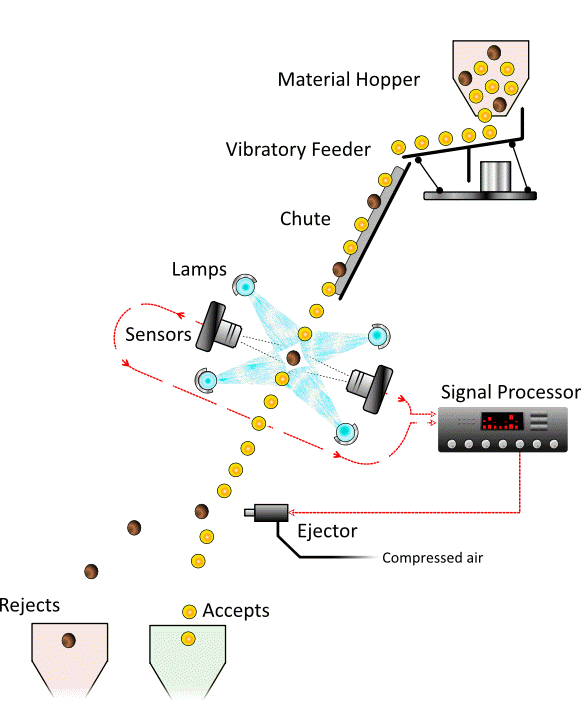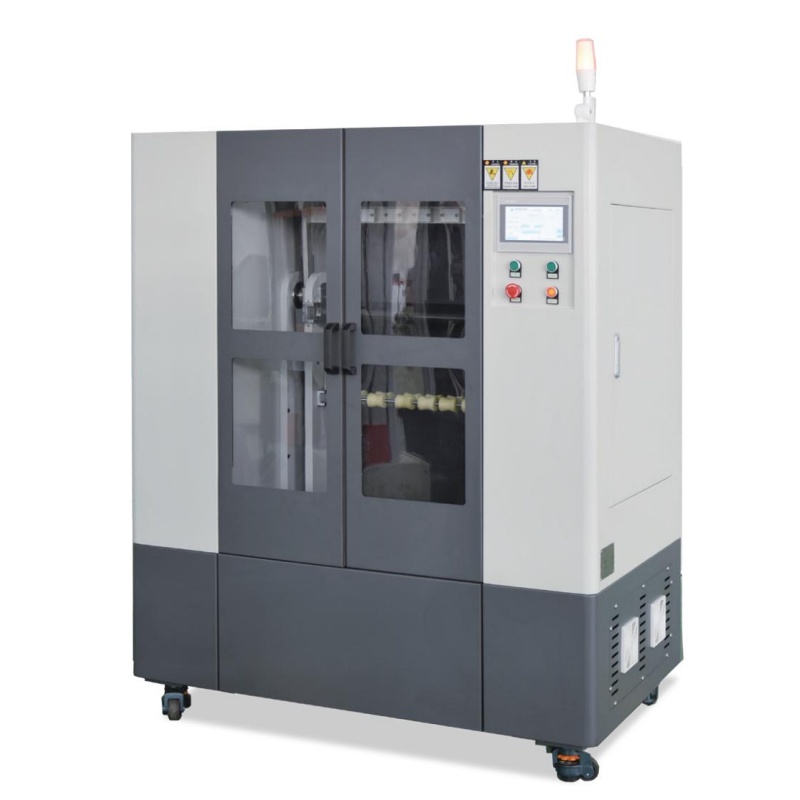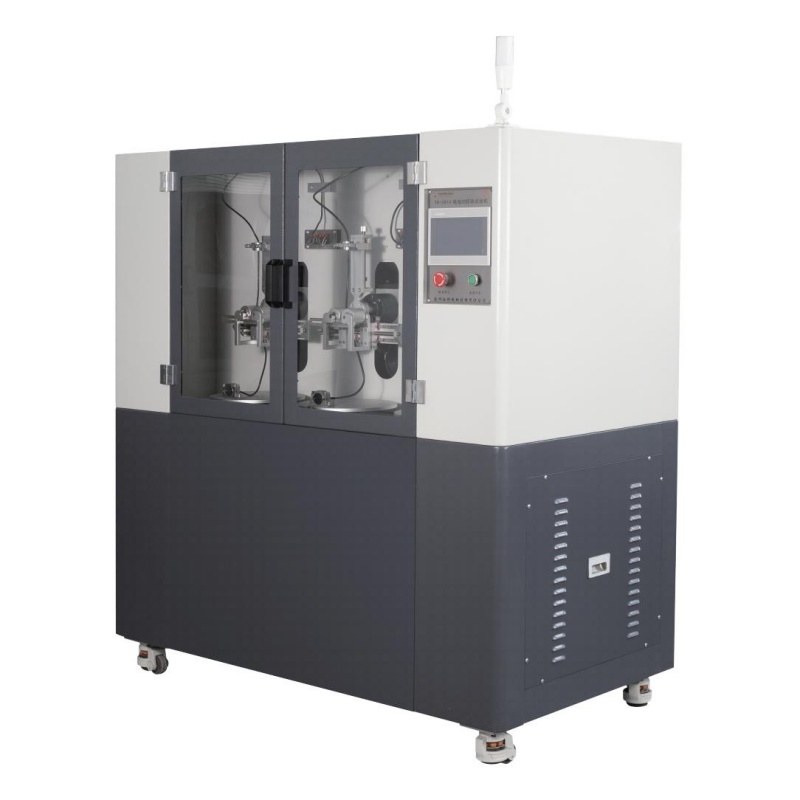How to order an automatic machine for your product?
Sinuowei team design and manufacture automatic assembly machine with 10 year of experience.
We have sold hundreds of machines already at home and abroad and they are working very well so far.
As time went by, our machine becomes even more sophisticated with higher efficiency and greater stability.
What we produce is a customizable non-standard automation equipment.
It is very different from the standard machine with uniform industry standards and specifications for manufacturing equipment.
The non-standard machine will be designed and adjusted according to the structure of the parts of the product as clients’ requirements.
The client gets a machine which will meet with the demand of the client absolutely.
You can just contact us to design and manufacture a full automation machine for you when you encounter the following situations:
- If the labor cost of your product is too high;
- If the supply of your product falls short of demand;
- If the quality of your product is not easy to control.
Every machine is different.
Therefore, the product details are necessary before getting the right quotation.
How to order an automatic machine for your product?
You need to know the steps as following:
Step 1
You can send us your product picture to us with the semi-finished product and finished product.
And we can show the picture to our designer to know whether your product can be made by this kind of automation assembly machine.
Step 2
When we confirmed that your product is ok for an automatic machine. You can provide us the data as follows:
- The real product picture with semi-finished and finished.
- It is necessary to provide us the size in each part,If you can provide us the design draw,that will be great.
- How do you make your products manually? Can you provide us the video of each step?
Our designers will get an insight to understand your product. The model of our automated machine can be designed in preliminary.
Since the information you have provided as above, we can reply as follows:
- Price;
- Efficiency;
- The brand of the main configuration;
- Operation scheme.
Step 3
If you think the Initial quotation if ok for you. Welcome to visit our factory to confirm more details of your machine.
And we will make a contract as both views at the meeting. Please send us some sample with semi-finished and finished asap.
If your deposit arrived, we will submit the order to our production department to arrange design and manufacture according to the signed contract.
Step 4
There are two things shall be arranged before delivery.
One is acceptance, the other is technology training
- When the machine to be finished, we will invite the client to see their machine. Upon the acceptance of the machines by the client, the second deposit shall be paid within 10 days after acceptance in the first time.
- When the second deposit to be paid, the Client can send their technicians to receive machine technology training about one or two weeks in our factory. We will provide room and board for them.
- After technology training,we will invite client acceptance in the second time. The machine will be packet in import stand plywood box and delivery to the port when the balance to be received after final acceptance.
Step 5
Client shall make all the preparations about power, air source, installation place in advanced.
When the machine arrived, your trained technicians will arrange installation of the machine easily.
Better material will be used in export machine. Though thousand times of debugging to make sure everything goes well in the future.
We will provide some free vulnerable parts and the design draw for our client.
Up to know, xmsinuowei machine running very well in our clients’ factory. And they can handle all the things by themselves.
Step 6
The warranty period shall be 12 months counting from the date when the buyer balance to be received after sign the of Final Acceptance.
After the quality guarantee period, we still provide toll-free technical support.
We will feedback within 24 hours and solve the problem according to the pictures, descriptions, and videos of the fault location provided by customers.
If there has the problem that customers can't solve by themselves. We will send technicians over there and their salary about $150 per day. All cost will be borne by the client.
